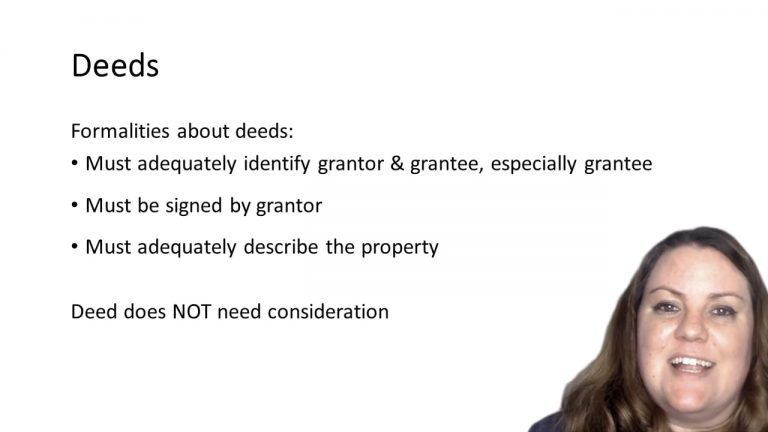SmartBrief
Confirm favorite deletion?
Property Keyed to Rabin
Powell v. Schultz
Citation:
Court of Appeals of Washington, 1971; 4 Wash. App. 213Facts
Plaintiff’s predecessor in interest Syvert Aardal and Martha Aardal owned property otherwise known as Lot 3. On July 7, 1910, the Aardals conveyed by deed, the southern one-half of Lot 3, to Defendant’s predecessor in interest, John Erickstad. The dividing line of this property was described as the creek running through Lot 3. However, there are two streams running through lot 3, the North Creek and the South or Rocky Creek. Therefore, a dispute arose between Plaintiff and Defendant concerning which of the streams is the dividing boundary.
Plaintiff sued Defendant claiming that Rocky Creek or South Creek is the correct boundary line. Defendant argued that North Creek was the correct creek because it was the only creek at the time the Aardals conveyed the property. Defendant stated that an avulsion occurred that caused a diversion of the creek, forming Rocky Creek, but this happened after the 1910 conveyance. However, Plaintiff claims the avulsion happened before the Aardals conveyed the property. Furthermore, Plaintiff argued that if Rocky Creek is the boundary line, this gives each party half of the property which was the allotment recited in both deeds. The lower court ruled for Plaintiff. Defendant appealed.
Only StudyBuddy Pro offers the complete Case Brief Anatomy*
Access the most important case brief elements for optimal case understanding.
*Case Brief Anatomy includes: Brief Prologue, Complete Case Brief, Brief Epilogue
- The Brief Prologue provides necessary case brief introductory information and includes:
Topic:
Identifies the topic of law and where this case fits within your course outline.Parties:
Identifies the cast of characters involved in the case.Procedural Posture & History:
Shares the case history with how lower courts have ruled on the matter.Case Key Terms, Acts, Doctrines, etc.:
A case specific Legal Term Dictionary.Case Doctrines, Acts, Statutes, Amendments and Treatises:
Identifies and Defines Legal Authority used in this case.
- The Case Brief is the complete case summarized and authored in the traditional Law School I.R.A.C. format. The Pro case brief includes:
Brief Facts:
A Synopsis of the Facts of the case.Rule of Law:
Identifies the Legal Principle the Court used in deciding the case.Facts:
What are the factual circumstances that gave rise to the civil or criminal case? What is the relationship of the Parties that are involved in the case.Issue(s):
Lists the Questions of Law that are raised by the Facts of the case.Holding:
Shares the Court's answer to the legal questions raised in the issue.Concurring / Dissenting Opinions:
Includes valuable concurring or dissenting opinions and their key points.Reasoning and Analysis:
Identifies the chain of argument(s) which led the judges to rule as they did.
- The Brief Prologue closes the case brief with important forward-looking discussion and includes:
Policy:
Identifies the Policy if any that has been established by the case.Court Direction:
Shares where the Court went from here for this case.
Topic Resources
Topic Videos
 11m 17s
11m 17s 11m 17s
11m 17s 6m 7s
6m 7sTopic Outline
Topic Refresher Course
